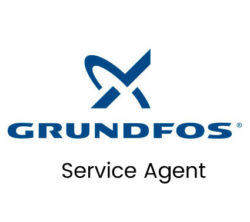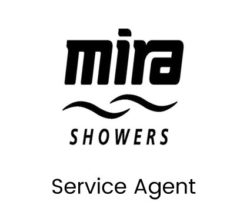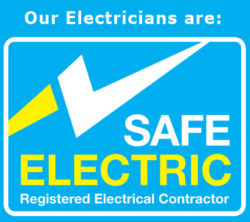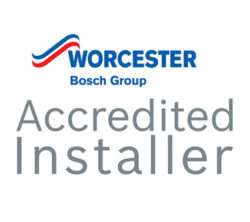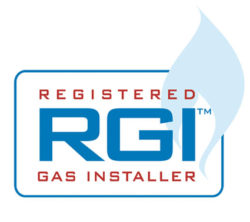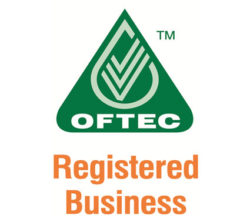Frequently Asked Questions
Many people worry about getting sick from tap water, because of articles on the news and in the papers, for instance about Legionella outbreaks. They may either drink bottled water or install expensive water purification systems as a result of this. However, studies have indicated that many of these consumers are being ripped off due to the expenses of bottled water and in some cases they may end up drinking water that is dirtier then they can get from their taps. To be safe, consumers that buy bottled water should determine wheat her the company that supplies them with water belongs to the International Bottled Water Association (IBWA) and lives up to the testing requirements of drinking water. The IBWA sends inspectors to its companies annually, to ensure that a plant produces safe drinking water. People can also spare themselves the costs of bottled water and have their tap water tested by local health authorities or private labs. If any contaminants are discovered they can buy a unit that removes the contaminant in concern, but for most households this is not necessary because their tap water is safe enough.
All countries have their own legal drinking water standards. These prescribe which substances can be in drinking water and what the maximum amounts of these substances are. The standards are called maximum contaminant levels. They are formulated for any contaminant that may have adverse effects on human health and each company that prepares drinking water has to follow them up. If water will be purified to make it suitable to drink it will be tested for a number of dangerous pollutants, in order to establish the present concentrations. After that, one can determine how much of the contaminants have to be removed and if necessary purification steps can be progressed.
There are several problems that can endanger the quality of drinking water. A number of these problems are summed up here.
Someone can detect coliform bacteria in drinking water. Coliform bacteria are a group of microorganisms that are normally found in the intestinal tract of humans and other warm-blooded animals, and in surface water. When these organisms are detected in drinking water this suggests contamination from a subsurface source such as barnyard run-off. The presence of these bacteria indicates that disease-causing microorganisms, known as pathogens, may enter the drinking water supply in the same way if one does not take preventive action. Drinking water should be free from coliform.
Yeasts and viruses can also endanger the quality of drinking water. They are microbial contaminants that are usually found in surface water. Examples are Giardia and Cryptosporidium. Giardia is a single cell organism that causes gastrointestinal symptoms. Cryptosporidium is a parasite that is considered to be one of the most significant causes of diarrhea disease in humans. In individuals with a normal immune system the disease lasts for several days causing diarrhea, vomiting, stomach cramps and fever. People with weakened immune systems can suffer from far worse symptoms, caused by cryptosporidium, such as cholera-like illnesses.
Nitrate in drinking water can cause cyanosis, a reduction of the oxygen carrying capacity of the blood. This is particularly dangerous to infants under six months of age.
Lead can enter the water supply as it leaches from copper pipelines. As the water streams through the pipes, small amounts of lead will dissolve in the water, so that it becomes contaminated. Lead is a toxic substance that can be quickly absorbed in the human systems, particularly those of small children. It causes lead poisoning.
Legionella is a bacterium that grows rapidly when water is maintained at a temperature between 30 and 40 degrees for a longer period of time. This bacterium can be inhaled when water evaporates as it enters the human body with aerosols. The bacteria can cause a sort of flue, known as Pontiac fever, but it can also cause the more serious deathly illness known as legionellosis.
Treating water to make it suitable to drink is much like wastewater treatment. In areas that depend on surface water it is usually stored in a reservoir for several days, in order to improve clarity and taste by allowing more oxygen from the air to dissolve in it and allowing suspended matter to settle out. The water is then pumped to a purification plant through pipelines, where it is treated, so that is will meet government treatment standards. Usually the water runs through sand filters first and sometimes through activated charcoal, before it is disinfected. Disinfection can be done by bacteria or by means of adding substances to remove contaminants from the water. The number of purification steps that are taken depend on the quality of the water that enters the purification plant. In areas with very pure sources of groundwater little treatment is needed.
Drinking water can come from different resources. For one, it can be pumped from the ground through wells. This groundwater is than purified, so that it will contain no more contaminants and is suited to drink. Drinking water can also be prepared directly from surface water resources, such as rivers, lakes and streams. Usually surface water has to undergo many more purification steps than groundwater to become suited to drink. Preparing drinking water out of surface water is much more expensive due to this. Still 66% of all people are served by a water system that uses surface water.
Part of our drinking water is pumped from the ground, usually under sand dunes. In sand dunes water can also be infiltrated. As it sinks into the ground through the dunes it is naturally purified. This costs much less money than the purification of surface water. Part of our drinking water originates from dune water.
Drinking water, like every other substance, contains small amounts of bacteria. Most of these bacteria are common ones and they are generally not harmful. Chlorine is usually added to drinking water to prevent bacterial growth while the water streams through pipelines. This is why drinking water also contains minimal amounts of chlorine. Water mostly consists of minerals and other inorganic compounds, such as calcium. If you want to find out what substances your tap water consists of and whether it is totally safe to drink you can have a specialized agency check it out for you.
High pressure water with a descaling chemical is pumped around the central heating system and cleans any blockages and removes sludge from the system. The average cost is around €450.
Power flushing is the fastest and most effective way to flush heating systems with minimal disruption and dismantling. It is the process which is used to clean heating systems using water at high velocity, but low pressure. It usually involves the addition into the system of powerful cleansing chemicals and mobilising agents. These chemicals and agents clean heating systems by removing flux, sludge and other debris which has collected in the heating system over the years.
Boiler manufacturers recommend that a heating system should be power flushed immediately before a new boiler is fitted to an existing system. Some manufacturers even make the boiler’s warranty conditional on this. When a new boiler is fitted, the system alterations and high efficiency of the new boiler can dislodge accumulated debris which has been in the system for years. This is why boiler manufacturers are reluctant to carry out warranty repairs where it is suspected that the fault has been caused by debris and sludge in the system. Only by power flushing can you be sure that a system really is clean to the standards demanded by modern high efficiency boilers and heat exchangers.
Radiators that are cold or partially cold are often this way because there is sludge trapped in them. The sludge tends to sink to the bottom of the radiator. This is why radiators can sometimes feel cold at the bottom and hot at the top. If the sludge is removed by power flushing, then the water is able to circulate around the whole radiator rather than just the top part of that radiator.
A call out / service charge is E70 which includes up to 1 hours work, our hourly rate is €35 per hour. We are always happy to give a quotation before we start any work.
An average house will save between €500 & €800 per annum
Yes, all our work is fully insured for your peace of mind.

